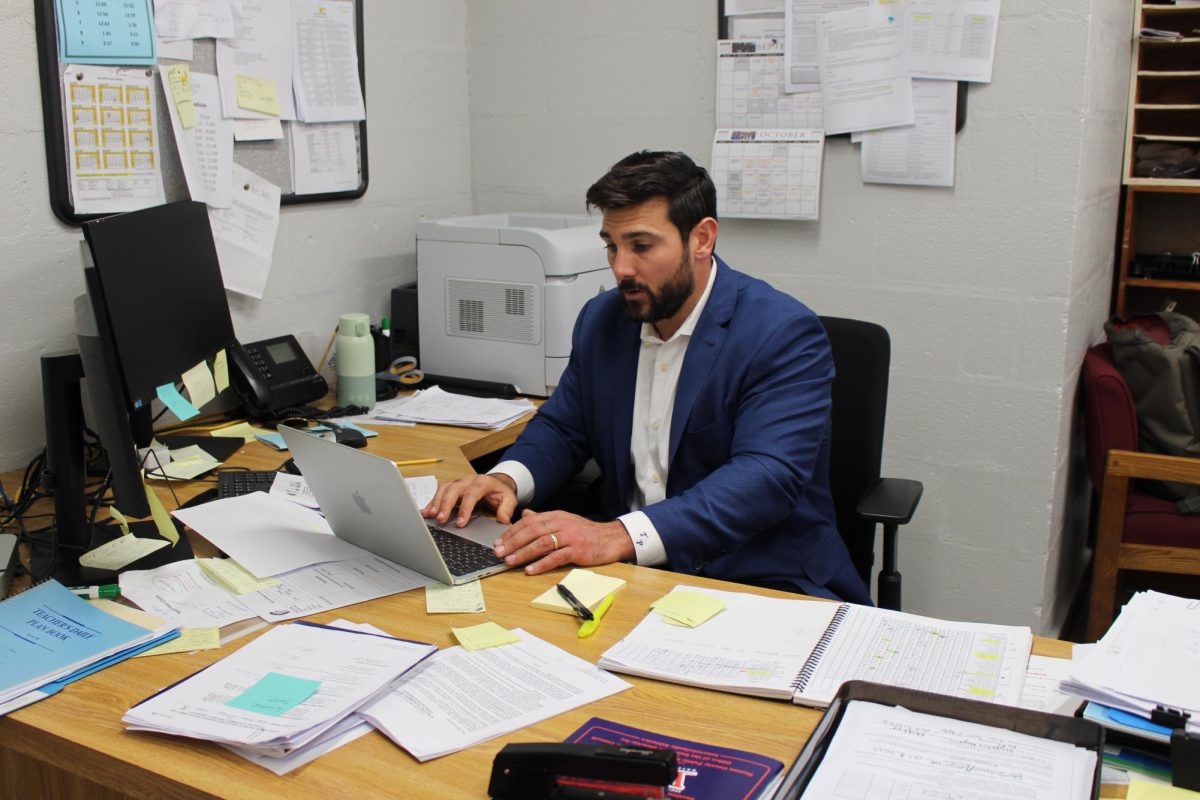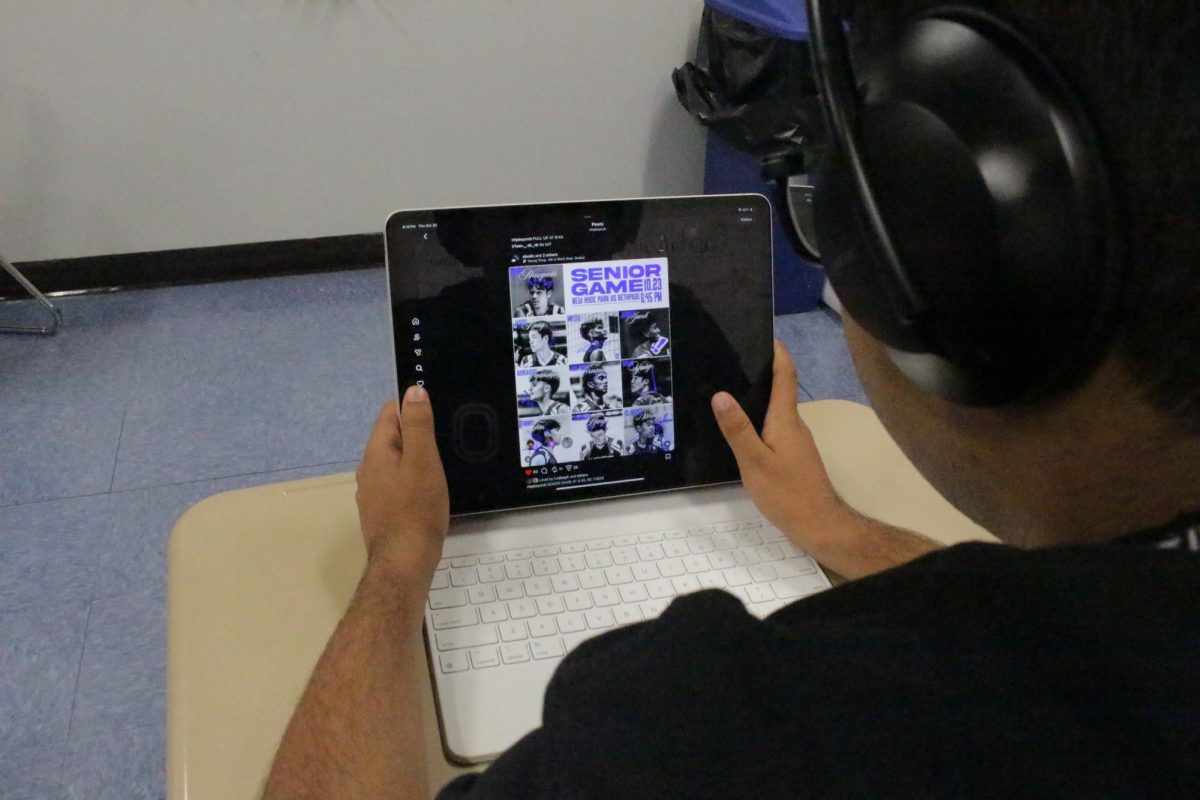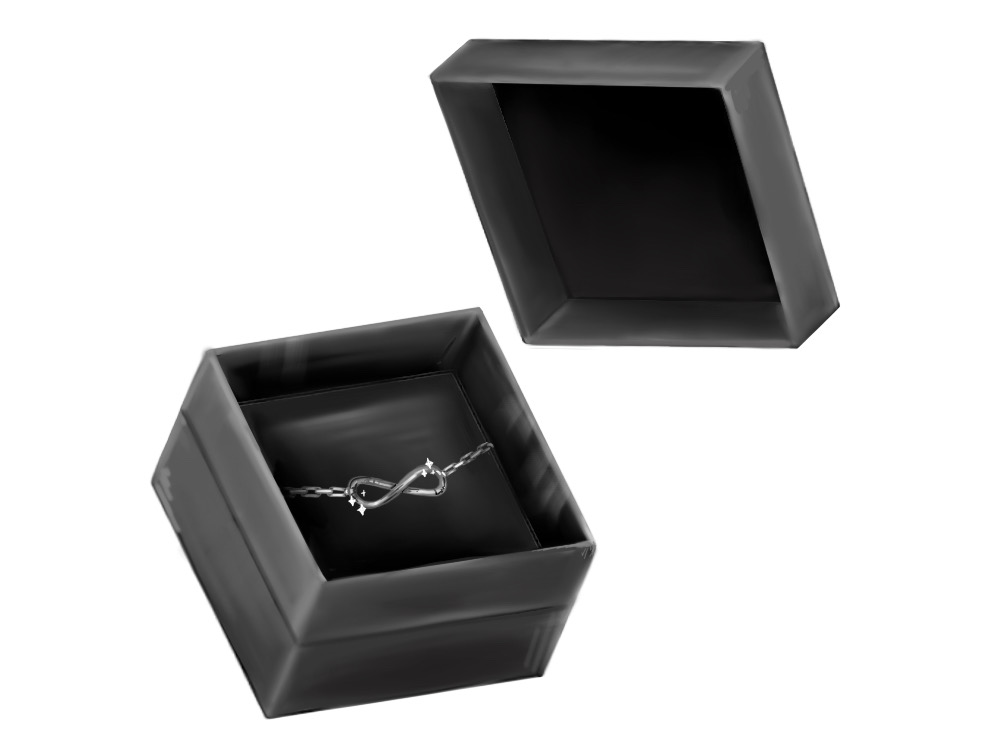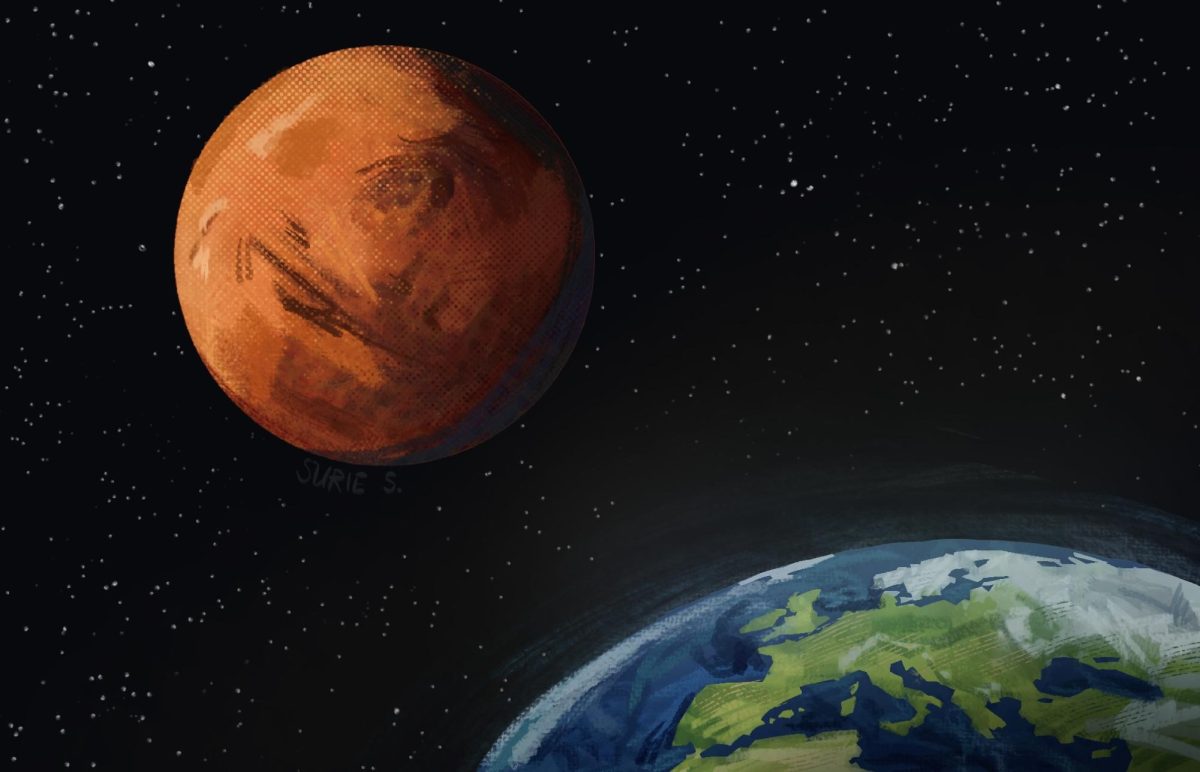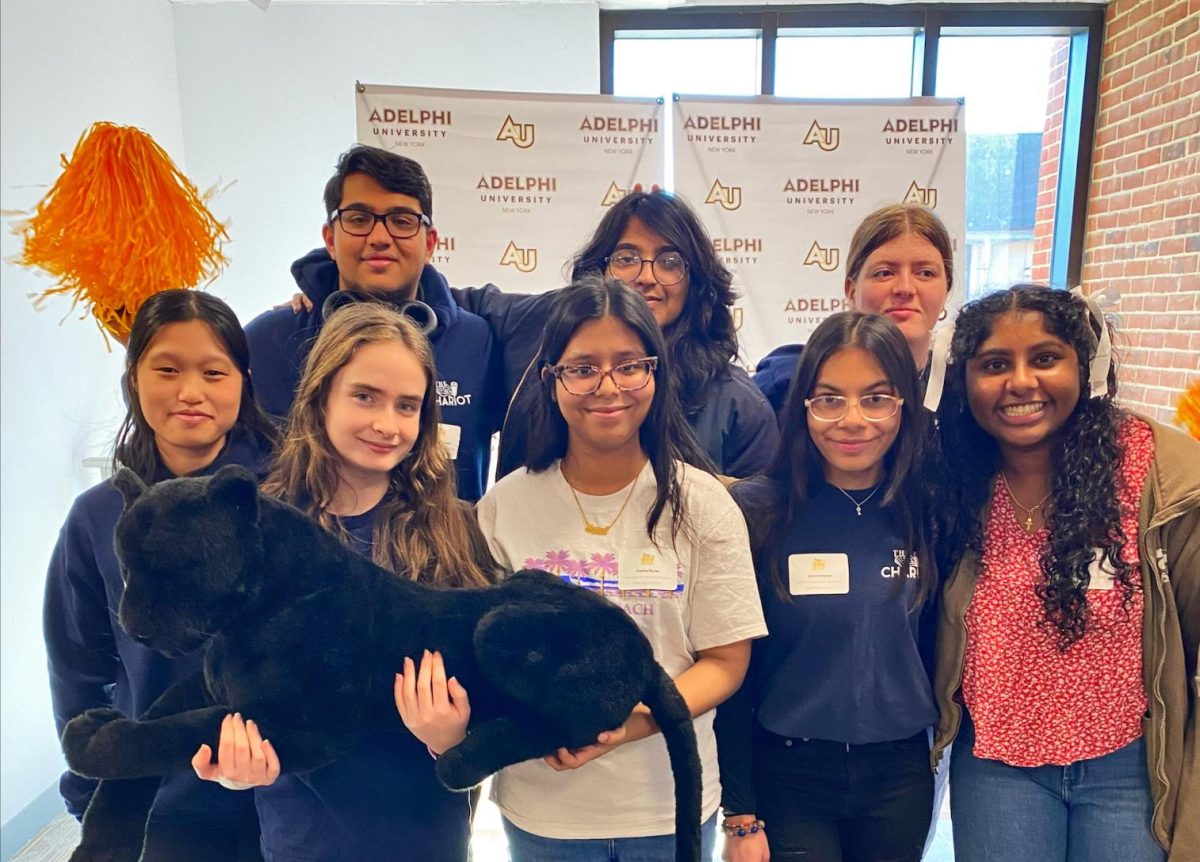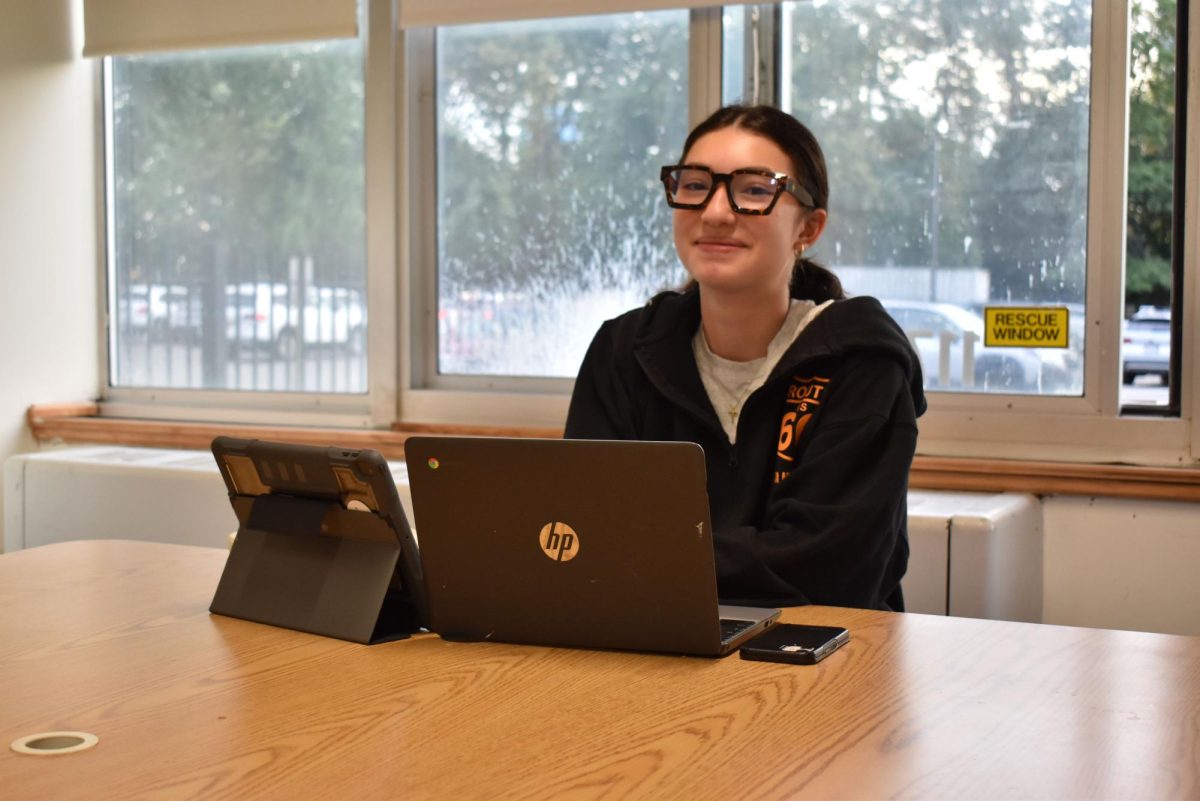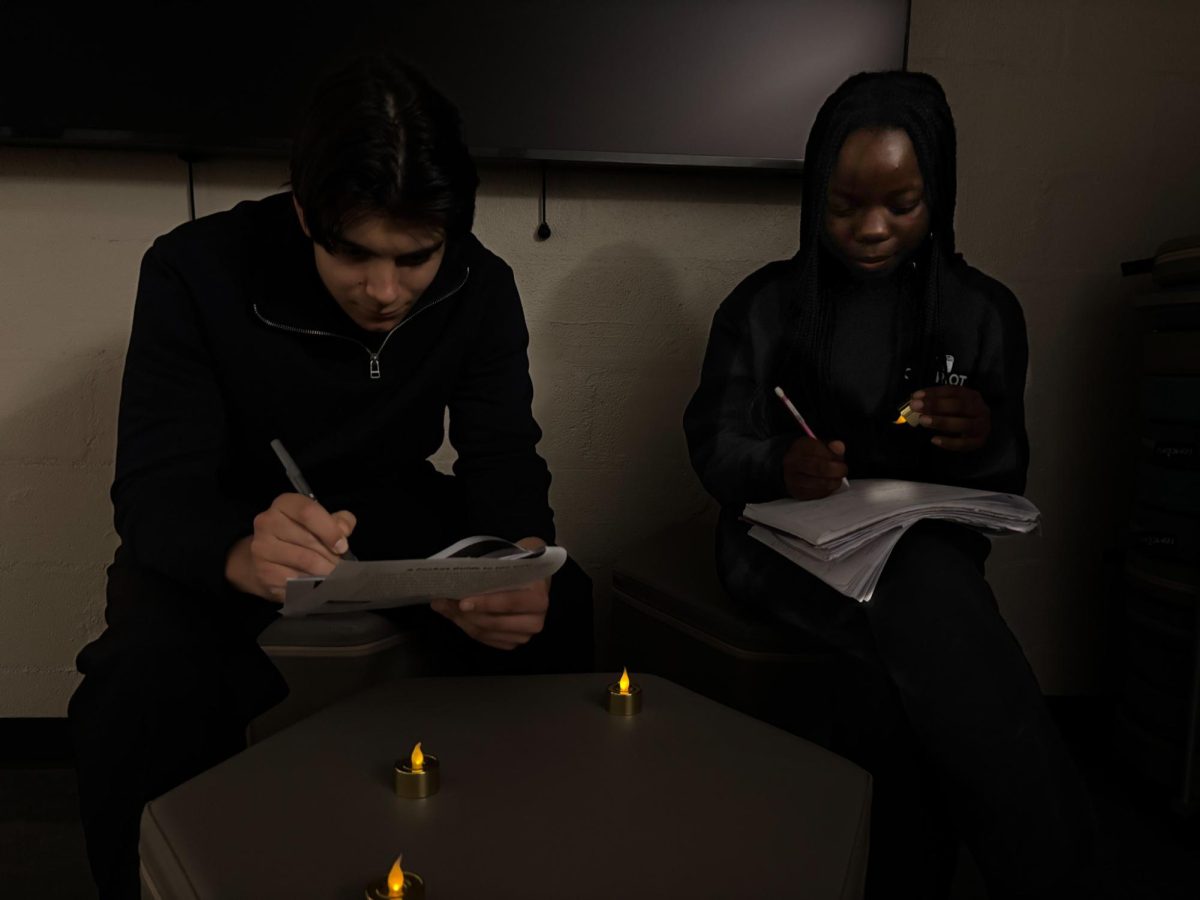Recently, NASA scientists reported that the Perseverance rover may have uncovered the strongest evidence yet of ancient microbial life on Mars. The finding came from a rock sample nicknamed “Cheyava Falls,” collected from Jezero Crater, a region that once held a river delta and lake. Unlike previous Mars findings that hinted at replicability, the sample contained distinctive “leopard-spot” mineral textures of iron phosphate (vivianite) and iron sulfide (greigite) as well as organic carbon and signs of redox reactions—chemical processes that, on Earth, are commonly linked to microbial activity.
These features make the sample one of the strongest candidates for a biosignature, or evidence that life once existed. However, NASA stressed that the results are not conclusive proof. Non-biological processes can sometimes create similar mineral textures and chemical patterns.
“I believe that there is life beyond Earth. The universe is large beyond what our brains can comprehend and it’s still expanding. The chance that organisms on our planet are the only living ones is such a slim possibility,” freshman Christine Ren said.
Perseverance, which has been exploring Mars since 2021, carries some of the most advanced scientific instruments ever sent to another planet. Two examples are PIXL (Planetary Instrument for X-ray Lithochemistry), which uses X-rays to map the elemental composition of rocks at very fine scales and SHERLOC (Scanning Habitable Environments with Raman & Luminescence for Organics & Chemicals), a spectrometer that can detect organic molecules and identify minerals associated with water.
“It’s crazy that there’s a robot millions of miles away, basically doing chemistry experiments,” sophomore Leanne Su said. “It makes science feel like it’s happening right now, not just in a textbook.”
Globally, the implications of life on Mars could be transformative. If microbes once thrived on Mars, it could suggest that life may be common throughout the universe, not just a rare incident on Earth. In New Hyde Park, the discovery resonates in classrooms. In AP Biology or Earth Science, topics like extremophiles, redox chemistry and planetary habitability suddenly feel less abstract.
“It’s a pretty important thing because it could give us more information and help us treat diseases, or how to live on another planet or even how to utilize different resources,” AP Biology teacher Mr. Gordon said. “And honestly? It’s just really cool.”
The Cheyava Falls sample is one of several drilled cores that Perseverance has collected and sealed in tubes. NASA’s long-term plan is to return these samples to Earth through the Mars Sample Return mission in the 2030s, where scientists can confirm whether the biosignatures really came from ancient life on the Red Planet. Until then, Perseverance will keep drilling, analyzing and sending data home. Each discovery brings researchers closer to understanding whether life ever existed beyond Earth.
“I think it’s important to try and find out if there are other living organisms out there,” senior Morgan Young said. “If we do end up finding something, it might make people realize we’re not alone out there and there’s more to explore.”
What makes Cheyava Falls significant is not just what it might reveal, but what it represents: a continuation of the search for life that has defined decades of planetary exploration. As instruments improve and future missions prepare to retrieve these samples, the line between curiosity and confirmation narrows and it serves as a reminder that discovery on Mars is never a single moment, but a gradual unveiling of what it means to be alive in the universe.






